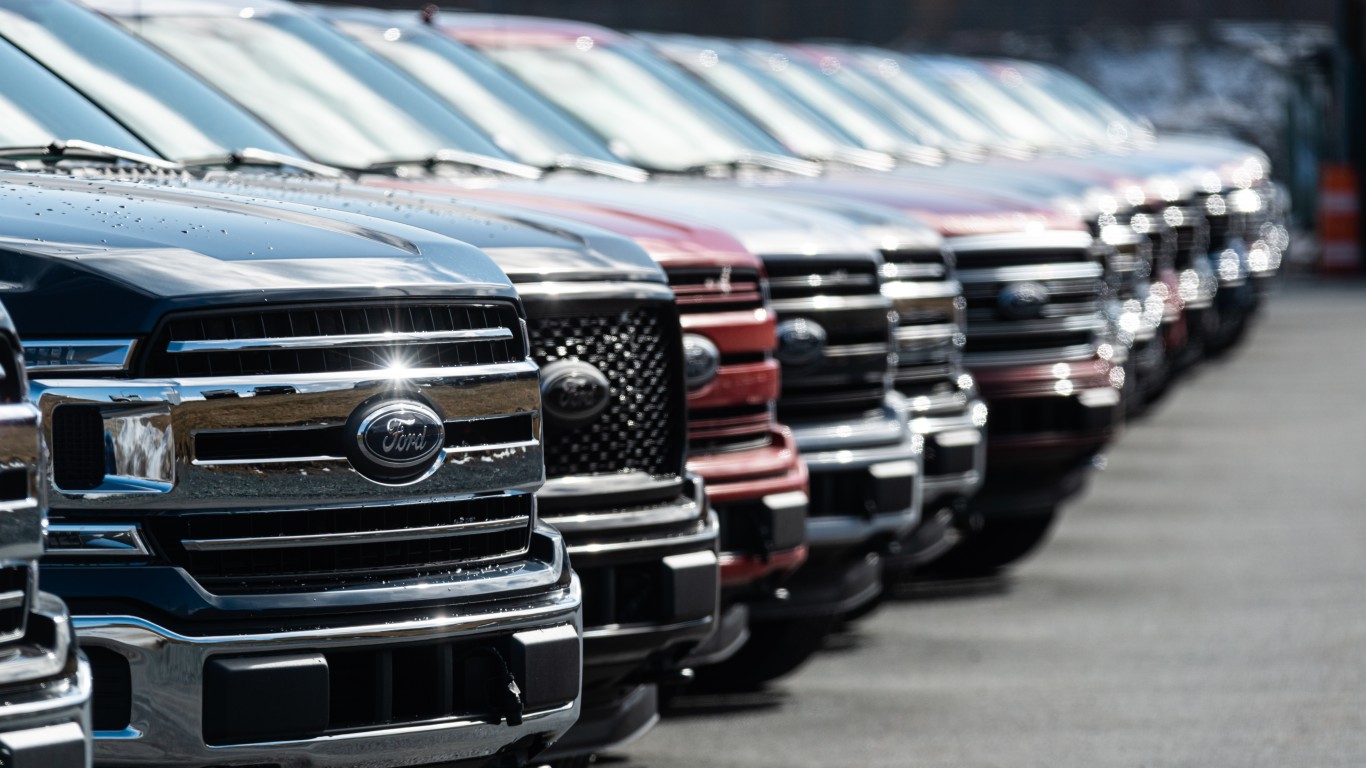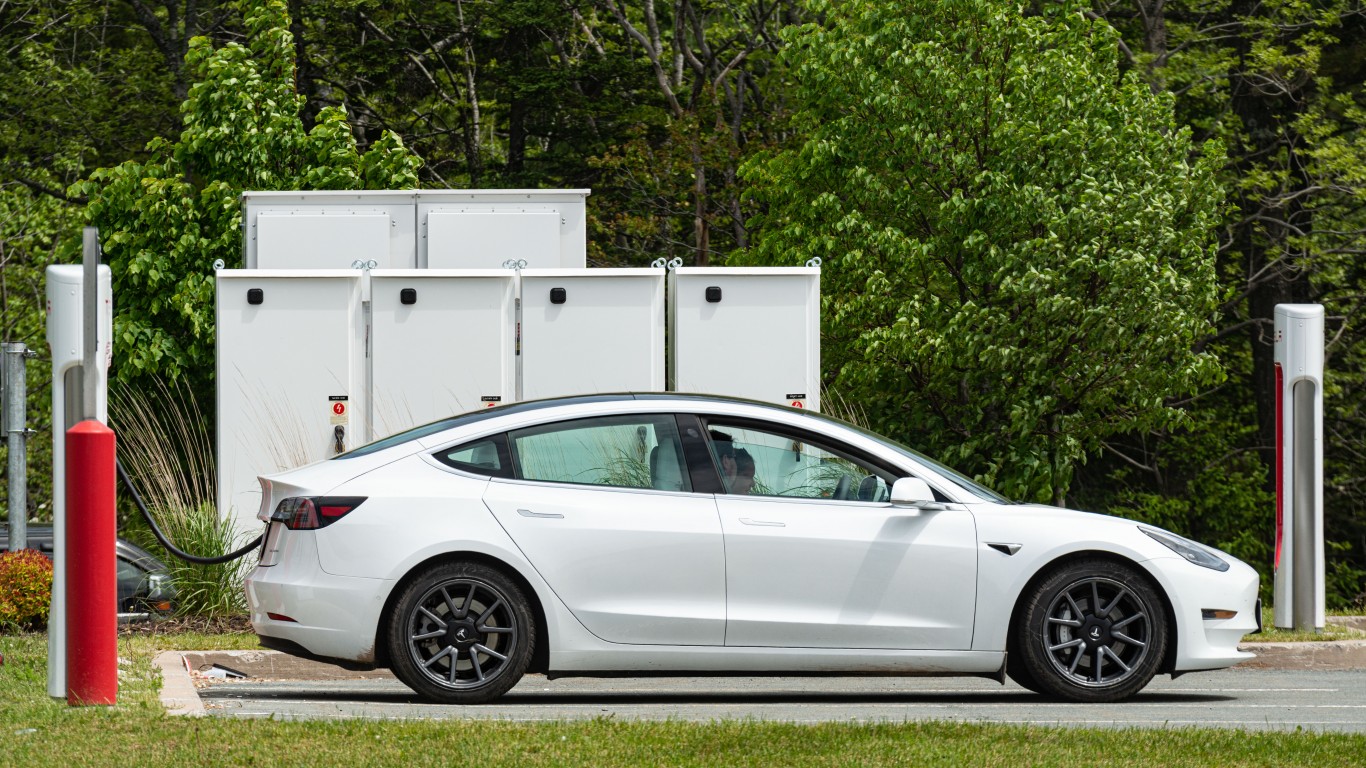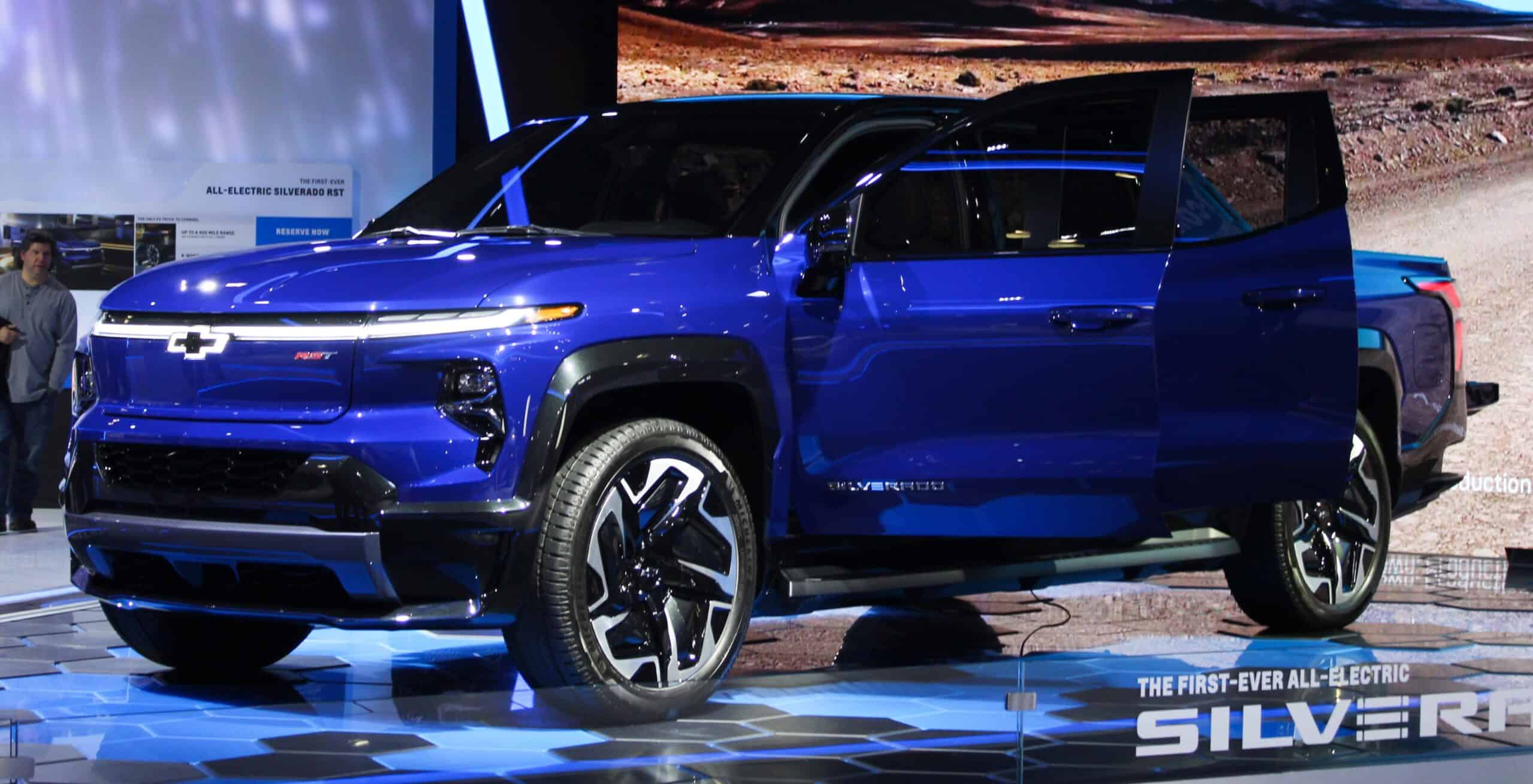
As America’s second most popular pickup truck, it’s common to see the Silverado everywhere. Sitting behind sales of the Ford F-150, Chevy sold approximately 555,148 Silverado models in 2023. First introduced in 1999, the Silverado is a full-size pickup truck with multiple variations available. The Silverado has sold over 12 million trucks since its release, delivering big numbers for Chevy.
However, big sales don’t always mean a pickup like the Silverado is perfect. As with most vehicles, there are model years you want to avoid due to recalls, safety issues, or bigger problems like engine concerns. Using data from websites like Consumer Reports, CarComplaints, and Vehicle History, we can assemble a list of different model years you should avoid buying the Silverado.
Avoid: 2007
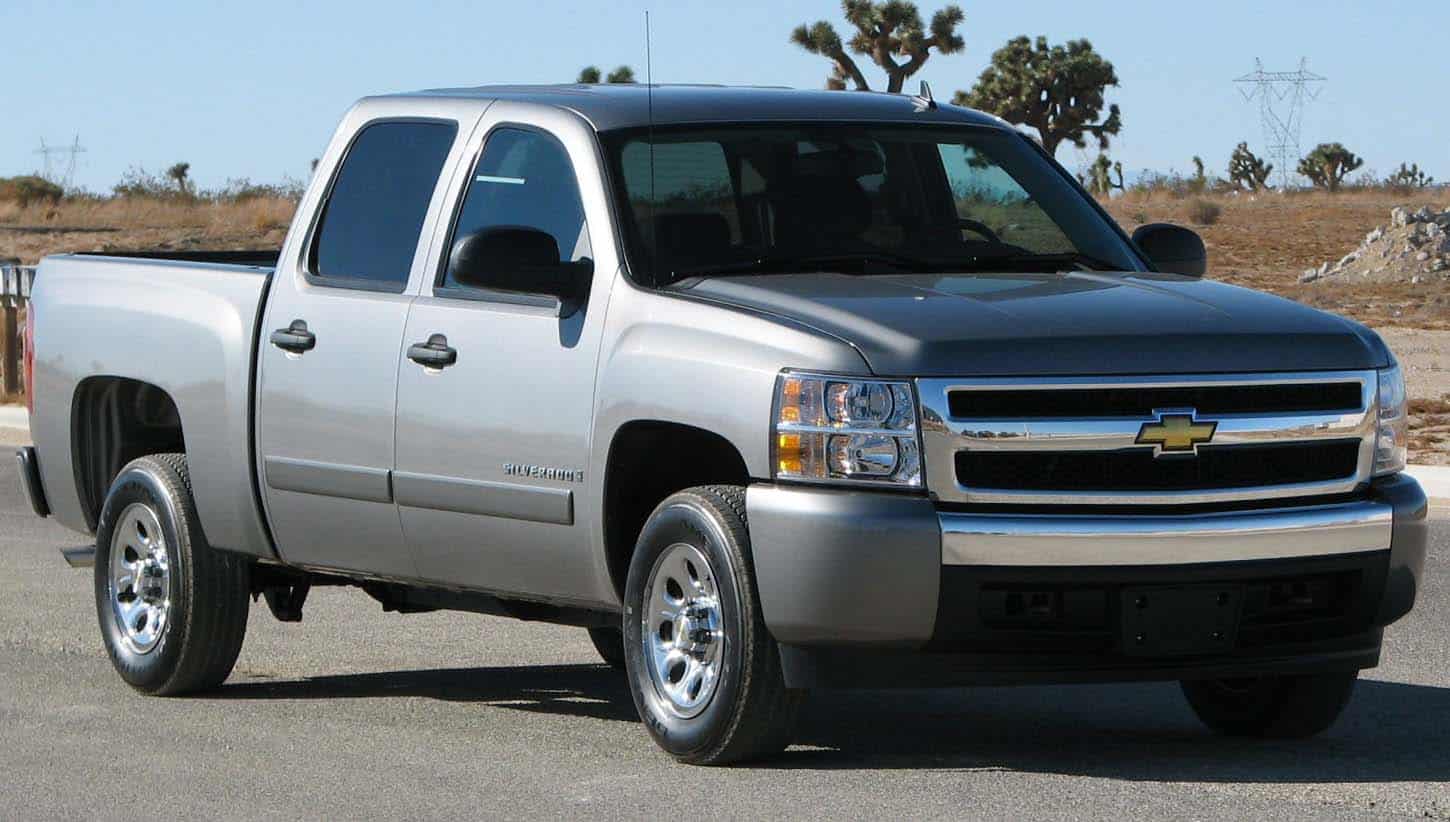
Among the worst years for the Chevy Silverado, 2007 was a year Chevy would like to forget. With 253 NHTSA (National Highway Transportation & Safety Administration) complaints, the 2007 model year was labeled a certified “Clunker” by Car Complaints. As 2007 began, a new Silverado model generation also brought several engine issues. One of the top concerns was excessive fuel consumption, potentially requiring a $3,200 fix.
Along with fuel consumption, multiple interior issues were reported, including dashboard cracks, radio problems, speaker issues, and a fuel gauge that was reportedly incorrect for many Silverado models. Along with the vehicle issues, there is also a concern over safety ratings. The IIHS (Insurance Institute for Highway Safety) was not impressed with the Silverado. Multiple “Moderate” and “Poor” scores were received for rear and front crash protection.
Avoid: 2009
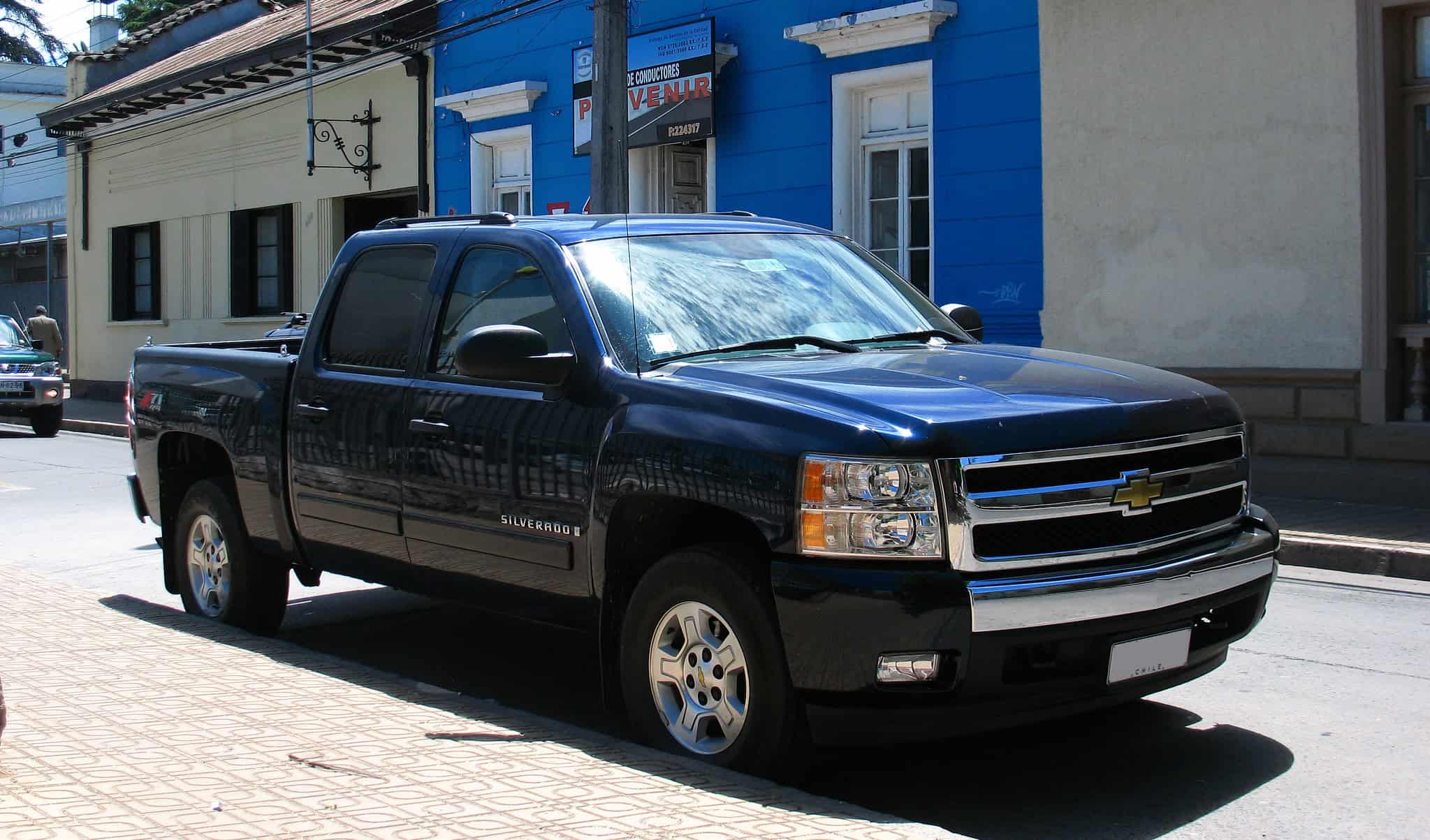
Looking back in time, 2009 is a big concern, having been revealed to be another one of Car Complaints’ most disappointing model years for the Chevy Silverado. A total of 99 NHTSA complaints were filed in 2009, which is a low number, but it’s all about interior issues that rank it as another year not to own. With warning lights lighting up the Silverado dashboard like a Christmas tree at random intervals, concerns about electrical problems with the Silverado were frequent.
On top of electrical problems, the IIHS rating of “Poor” for side impact protection and “Acceptable” for rear impact collisions is concerning. The last thing you want is to knowingly buy a vehicle that gives you poor side protection, especially when it highlights that torso injuries can be common. In other words, if safety is your primary concern, the 2009 Silverado is another model year you should avoid.
Avoid: 2014
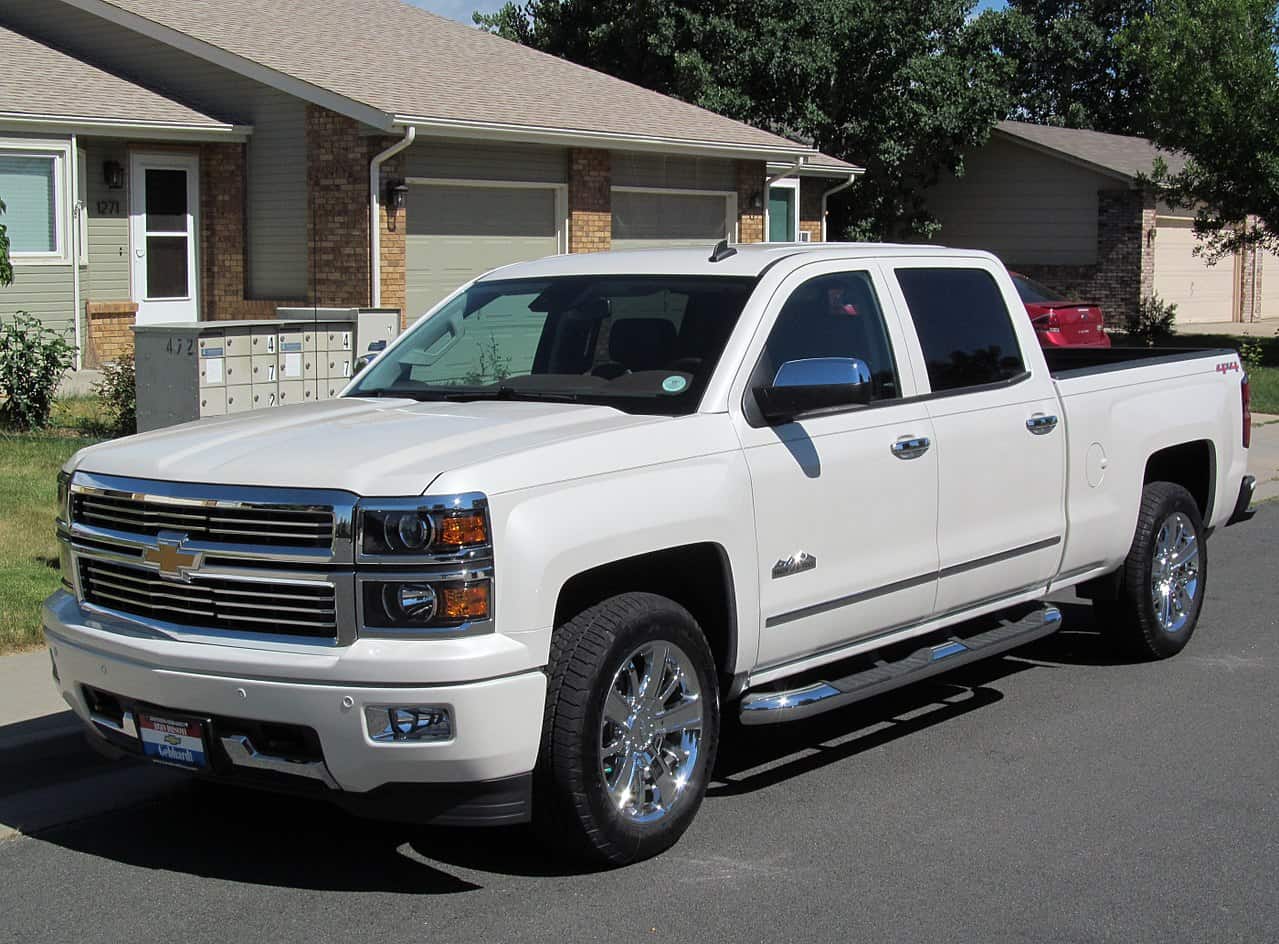
Skipping ahead to 2014, you’ll find the next really bad model year for the Silverado. With 2,148 NHTSA complaints filed in 2014, this is one of the most important Silverado 1500 model years you should never consider. As the start of the third generation of Silverado, there are always some hiccups you can expect. What’s immediately alarming about the 2014 model year is its high list of NHTSA complaints.
Starting things off, you have both brake and steering issues. Looking at overall brake concerns, you have Car Complaints indicating poor brakes were responsible for at least 23 crashes, one fire, and 3 deaths. Switch over to steering issues, and another issue indicates power steering would reportedly go out while driving. To top it off, you also have a whopping 20 separate recalls issued for the 2014 Silverado 1500 model, which is far too many to consider recommending this year.
Avoid: 2015
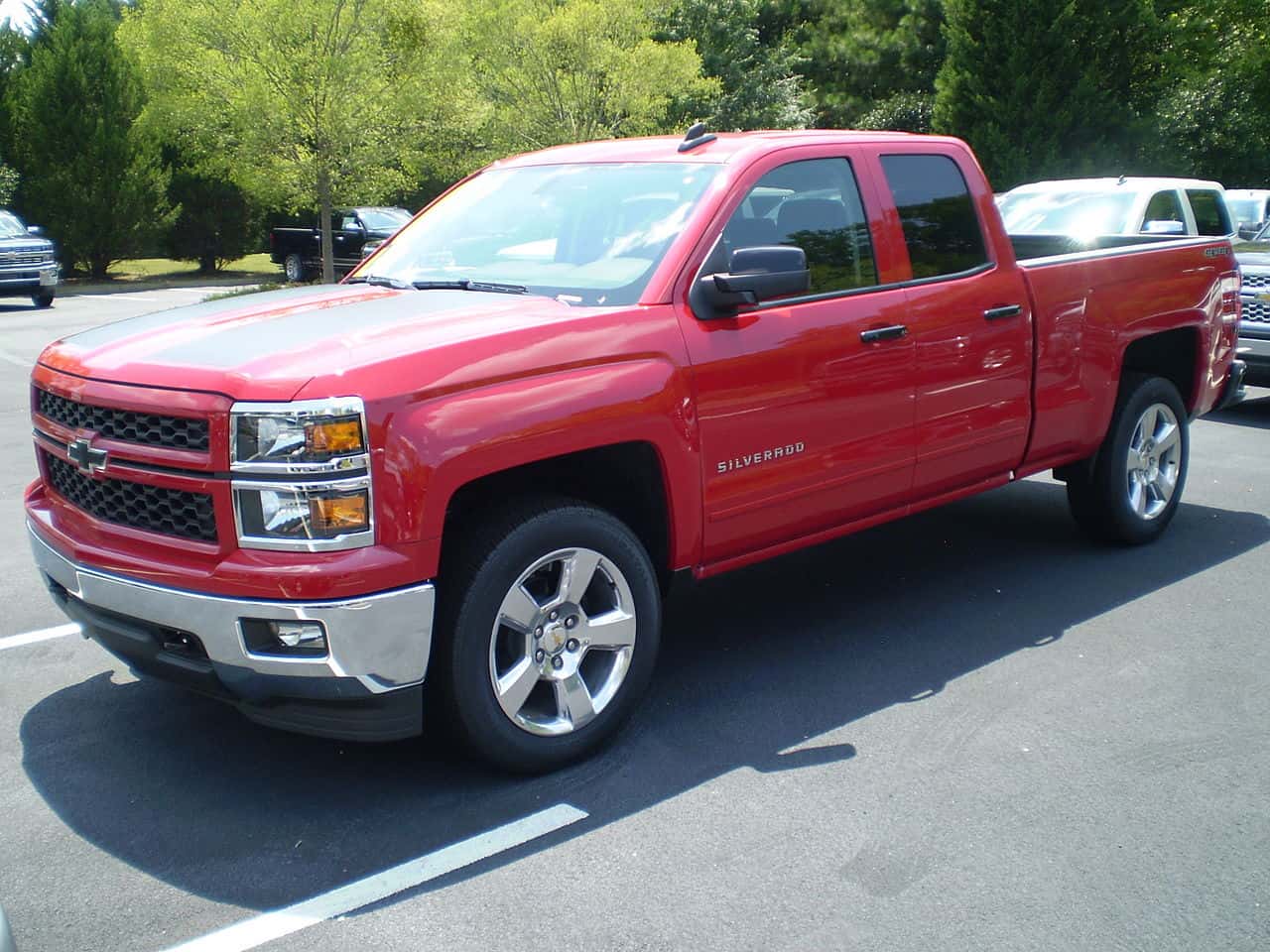
The good news about the 2015 Silverado is that NHTSA complaints decreased to 1,188. The bad news is that 2015 was another big recall year, with 23 separate recalls affecting hundreds of thousands of Silverado vehicles. If you look closely at the 2015 model year, there are still numerous issues with braking. Hundreds of reports claim the braking warning light would suddenly pop on when the car wasn’t due for service. Alternatively, more concerning reports indicate Silverado owners would be driving their vehicles and be unable to brake at all, especially at low speeds. This is a clear concern in which danger to the Silverado driver and other vehicles on the road was very real.
Outside of the more severe issues with the engine and brakes, there were also interior concerns like the Silverado radio changing channels randomly. The same can be said for dashboard lights that are just going off randomly. The combination of these warning lights, drivetrain problems, and far too many recalls to be comfortable help make the 2015 Silverado 1500 model year one to avoid at all costs.
Avoid: 2016
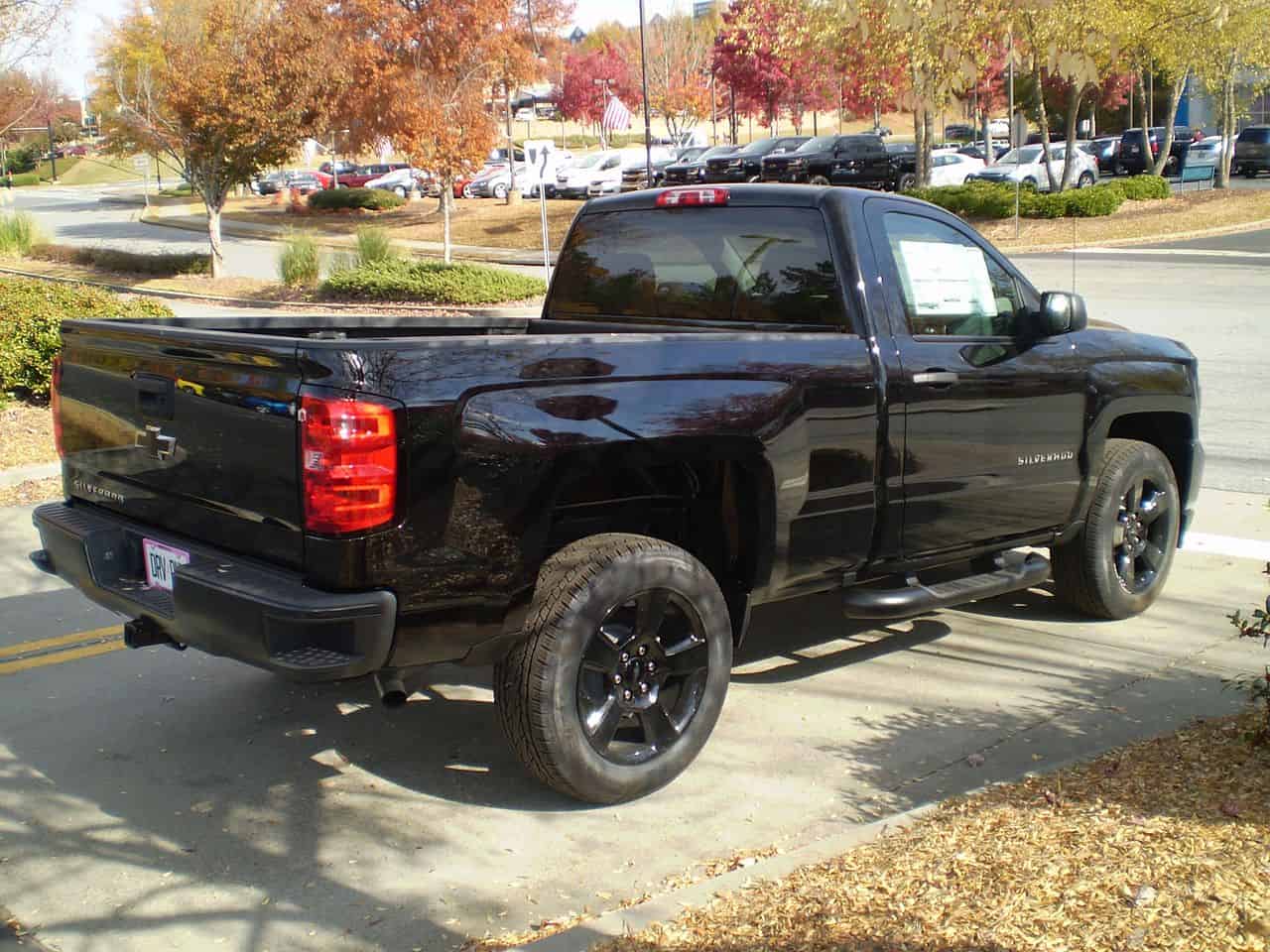
With 845 NHTSA complaints filed in 2016, the Silverado has progressed over the last two years. However, this is still a very high number of complaints filed by Silverado owners, which makes 2016 another year to avoid. You also have to contend with 13 separate recalls being issued by Chevy. Looking beyond issues momentarily, Consumer Reports highlighted some initial disappointment with the Silverado. One major highlight was how uncomfortable the cloth seat models were in the 2016 Silverado.
Additionally, Consumer Reports voiced a concern over wet-braking distances being too long for a vehicle of this size. When you factor in 257 separate NHTSA complaints around braking, you can see warning bells for the 2016 model year. At the top of the leftover concern pile is either hard braking, vibrating brakes, or the trailer braking system not functioning properly. Regardless of which issue you suffered from, braking issues were a clear concern in 2016.
Avoid: 2017
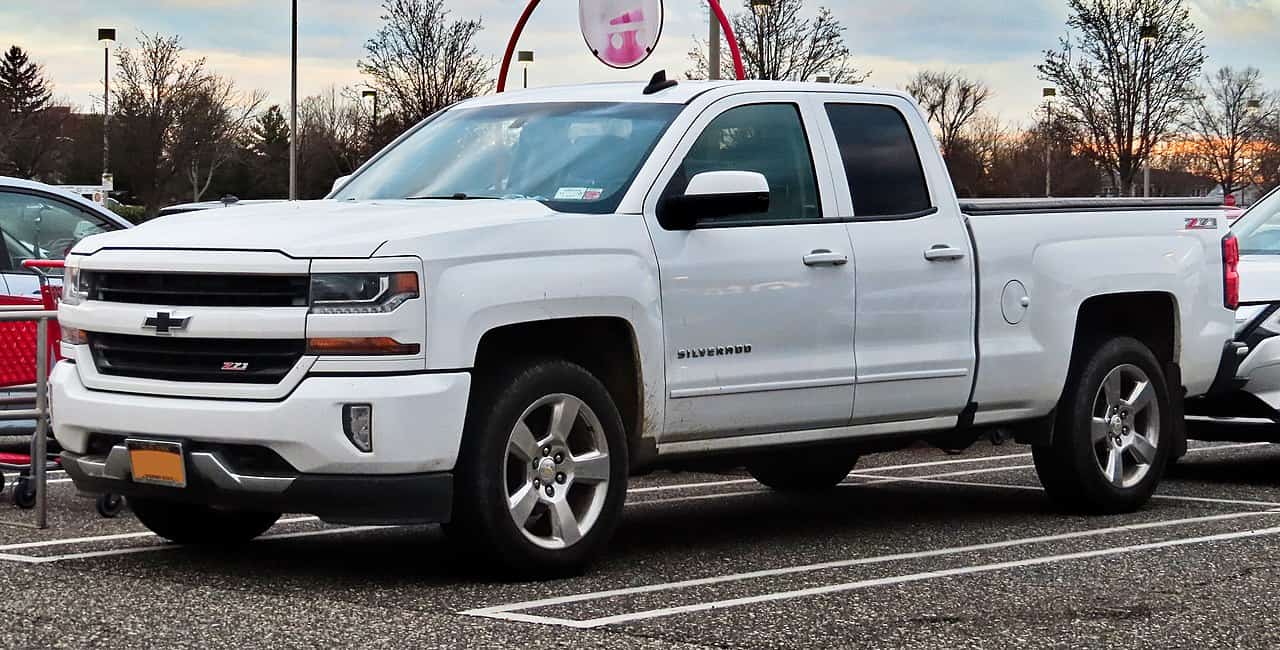
Car Complaints considers 2017 the Silverado’s worst model year and gives it a “Clunker” rating. With 768 NHTSA complaints filed this year, overall complaints are headed in the right direction, but hundreds of complaints are hard to ignore. At the top of Car Complaints concern were transmission issues, which led to hundreds of reports about hard shifts, surges, jerks, or even transmission failure. As a critical piece of any vehicle, whenever a transmission concern arises, it will drive a vehicle’s owner crazy.
Even if you can look past transmission issues, you can’t ignore another 136 brake complaints. Once again, Silverado suffers from various braking concerns, leading Silverado owners to voice significant safety concerns while on the road. When you add electrical system problems causing the Silverado to shut off randomly, avoid the 2017 Silverado whenever possible.
Avoid: 2019
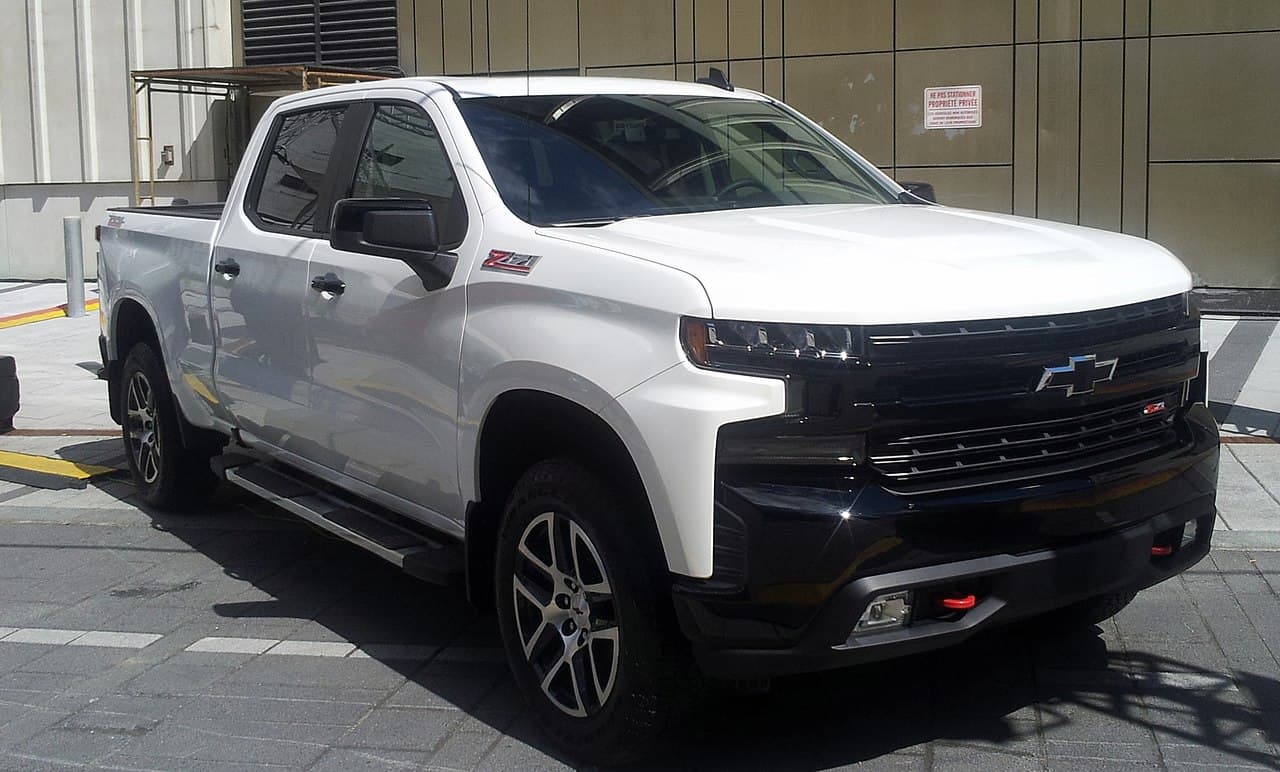
As soon as the 2019 Silverado was released, Chevy knew it would be difficult to sell. The interior hadn’t changed much, and there were immediate critical concerns over potential ownership. Right from the jump, an increase to 845 NHTSA concerns shows Chevy went backward after seeing total complaint numbers drop over the past few years. At the top of the complaint pile are continuous braking issues, which were deeply worrisome for 2019 Silverado owners. Another 10 reported crashes by Car Complaints indicated that the vehicle made loud noises, locked up, or just stopped working briefly.
Regardless of which braking issue you might have suffered, there was a clear danger with the Silverado brakes that went on for multiple years, requiring an immediate solution. Beyond braking issues, you also have power train concerns, which could lead to everything from engine warning lights to complete engine failure. While the latter was less common, the fact that it was an option is reason enough to look at the 2019 Silverado model year with trepidation.
Take Charge of Your Retirement In Just A Few Minutes (Sponsor)
Retirement planning doesn’t have to feel overwhelming. The key is finding expert guidance—and SmartAsset’s simple quiz makes it easier than ever for you to connect with a vetted financial advisor.
Here’s how it works:
- Answer a Few Simple Questions. Tell us a bit about your goals and preferences—it only takes a few minutes!
- Get Matched with Vetted Advisors Our smart tool matches you with up to three pre-screened, vetted advisors who serve your area and are held to a fiduciary standard to act in your best interests. Click here to begin
- Choose Your Fit Review their profiles, schedule an introductory call (or meet in person), and select the advisor who feel is right for you.
Why wait? Start building the retirement you’ve always dreamed of. Click here to get started today!
Thank you for reading! Have some feedback for us?
Contact the 24/7 Wall St. editorial team.
